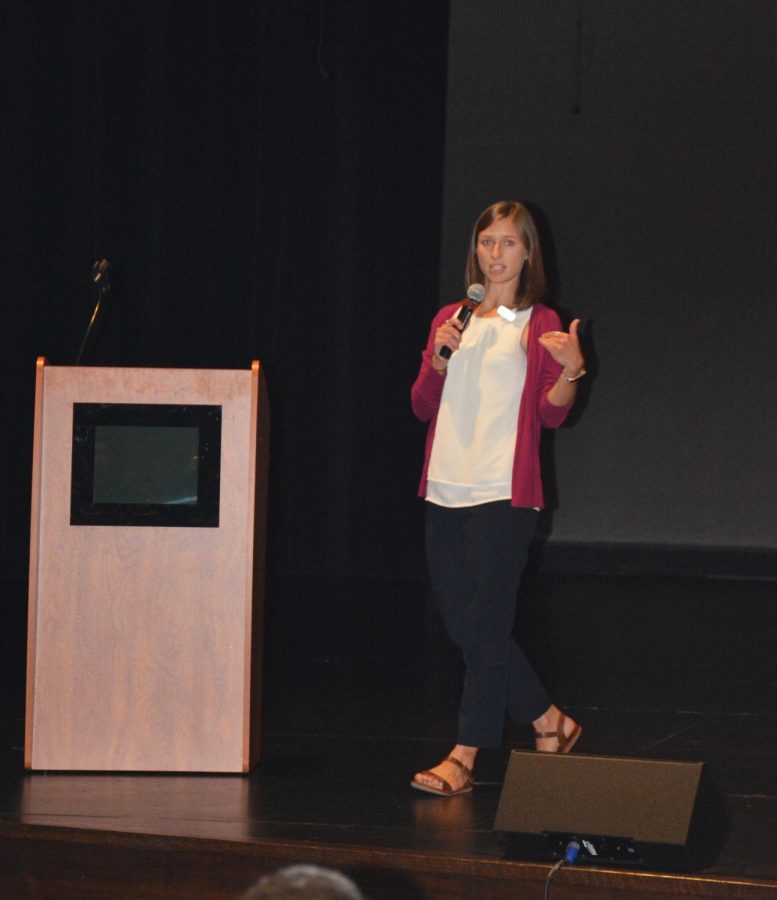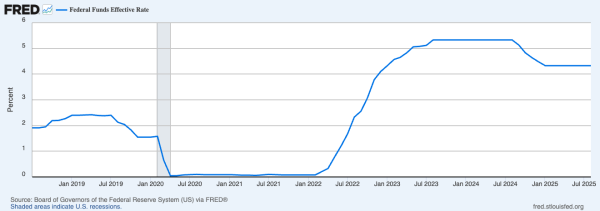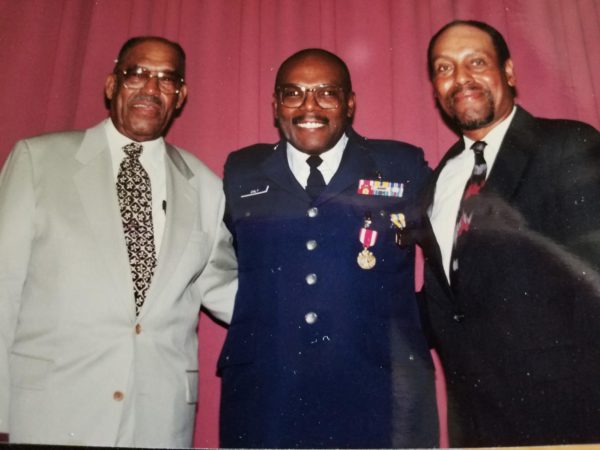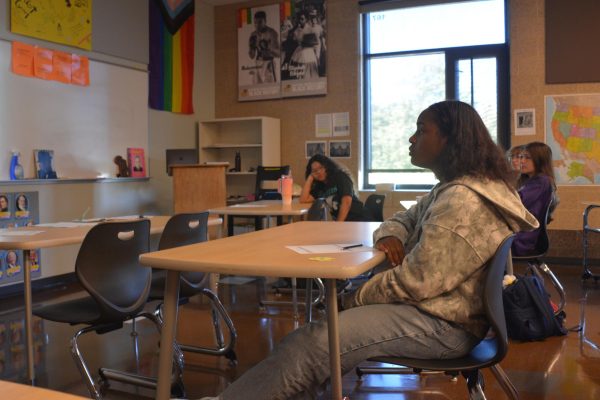Want to Improve Students’ Mental Health? Start by Giving Us a Voice
According to the World Health Organization, 800,000 people die due to suicide each year, and in the past year two Beachwood students were included in that number, so it makes sense that the school has ramped up its participation in Suicide Prevention Month this September.
The school scheduled assemblies for the week of Sept. 10. Since Rosh Hashanah was on Monday, assemblies started on Tuesday during Academy. Guest speaker Grace Yoo, senior at Mayfield High School and member of Beachwood’s Marketing Program, shared a spoken word poetry piece about suicide; faculty shared myths and facts about suicide; and Asst. Principal Ryan Patti and S.A.Y. counselor Mallory Molls both spoke as well.
I wish I could say I think these assemblies will be effective. I wish I could say it will help, and maybe it will for some students, but for those of us who are still mourning our friends, it mostly just opened up wounds that we are still desperately trying to heal.
In addition to the large assemblies, small “mini lessons” were planned for teachers to present in class. The first lesson occurred on a changed schedule during academy time, with 7/8 or 8/9 classes. Each one of these lessons is meant to teach resilience strategies to students and sometimes teachers. For 20 minutes, teachers helped students identify people in their lives to whom they could turn in an emotional crisis or for support.
School psychologist Kevin Kemelhar was very involved in the planning of both the assembly and mini lessons.
“I think there’s always room for improvement,” he said in his assessment of the week. “I think that was maybe the baseline and we can think about where to go from there.”
He also explained that there will be at least one more mini-lessons to come, but the true goal is to continue these lessons throughout the year.
“It’s important that people know it’s not just for suicide awareness/prevention month,” he explained. “These are skills that [the administration] tried to identify for students and for teachers. They can use [the skills] going forward, after suicide prevention month.”
One issue some students had with these mini lessons was that they occurred during academy time– many said it was frustrating that their time to see their teachers, which can relieve stress and therefore improve students’ mental health, was taken away to talk about mental health. The administration responded and have now moved the mini-lesson time to third period.
Another issue was that some teachers had skipped components of the lesson to get back to their lesson plans. Though Kemelhar admits that teachers may feel they already have limited time to teach their material, which they see as important.
“This is also equally important [and that] student’s mental health has to be equally important to content and what typically goes on in class,” Kemelhar added.
I agree with Kemelhar, this is a good place to start; however, I also agree with one student, who asked for her name to be omitted:
“It’s near always reactivity, not proactivity. Although we’re trying to be proactive now, I feel like this positive movement should’ve started years ago.”
This past year, the student body has grown up together– nothing else forces you to do so as a death does. We’ve mourned together. We understand the effects of suicide on a community from experience– we have been that community. We ARE that community. While I appreciate the effort from the administration, we don’t need to be educated on what suicide is or what it can do to people. We needed to be given the space to heal, to mourn our friends, to adjust to life without them in it and we still haven’t been given that.
“School is hard,” Kemelhar added. “Students’ mental health has to be a priority.”
I hope that the administration will keep in mind that what they think we need is not always what we actually need, and that they utilize the already formed Student Mental Health and Wellness Group as insight into the needs of the student body.












